I'm a Nutritionist and I Swear by These 8 Foods to Burn Belly Fat Fast

Are you trying to get rid of your belly? There are foods you can eat to help shrink your midsection. Tara Collingwood, MS, RDN, CSSD, LD/N, ACSM-CPT, also known as The Diet Diva, is Body Network's Resident Registered Dietitian Nutritionist. She is a Board-Certified Sports Dietitian and co-author of Flat Belly Cookbook for Dummies. We asked her for tips on how to burn belly fat fast. "There's no magic food that will instantly melt belly fat, but certain foods can definitely boost your metabolism, curb cravings, and help reduce visceral fat when combined with a healthy lifestyle," says Collingwood. "Here are a few foods that might help to burn that belly fat."
Eggs
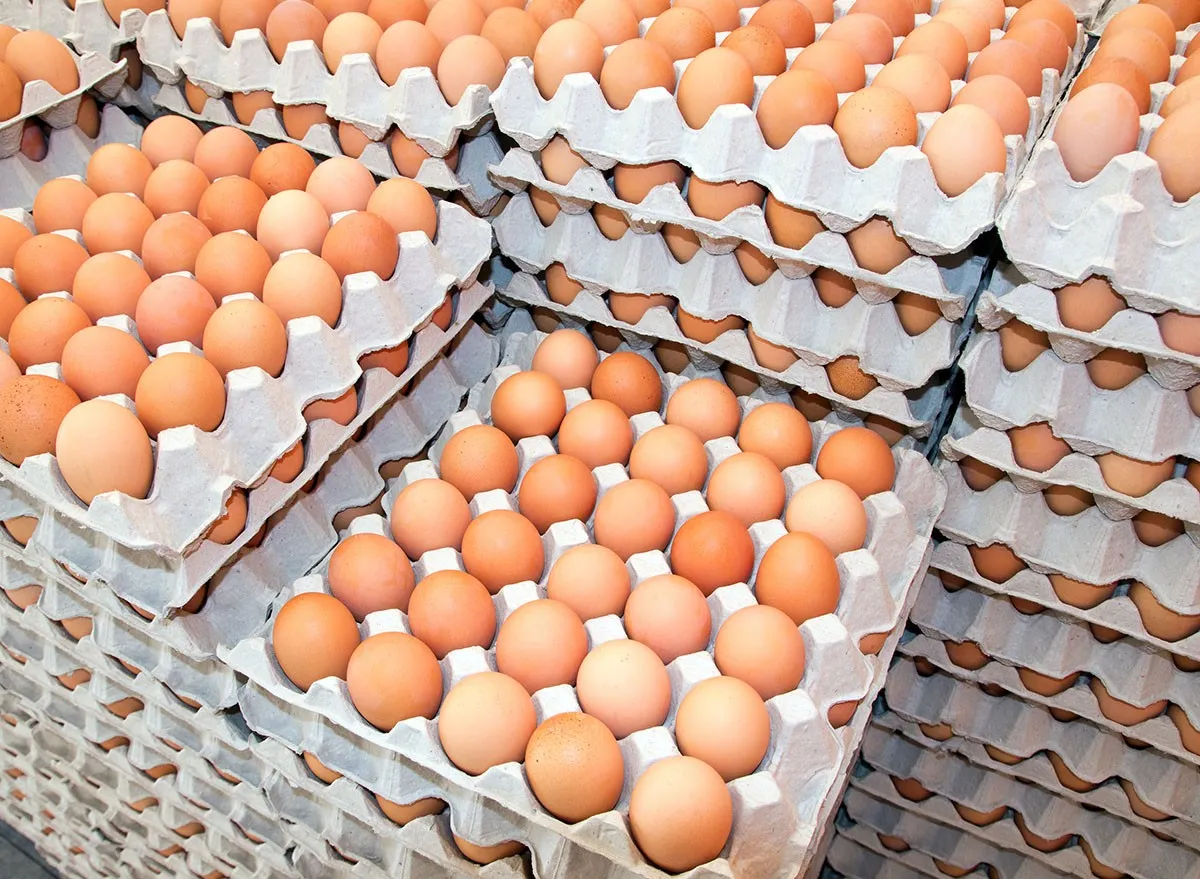
Eggs are a great fat-burning breakfast. "High in protein and low in calories, eggs help you feel full longer, reducing overall calorie intake. They also boost metabolism due to their thermogenic effect," says Collingwood.
Leafy Greens
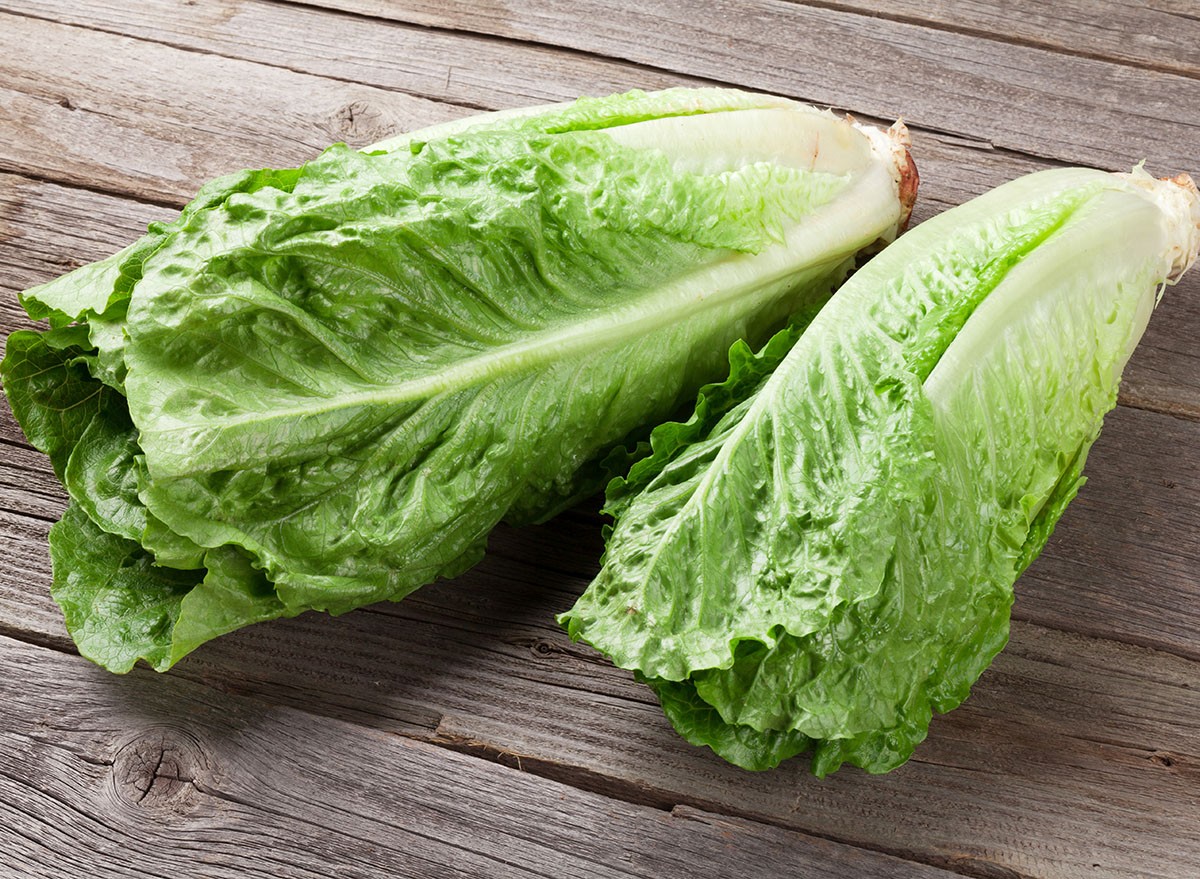
Leafy greens, including spinach, kale, collard greens, and Romaine, are a must-eat to burn belly fat. "Low in calories and high in fiber and antioxidants, leafy greens help reduce bloating and support fat loss by improving digestion," she says.
Avocados
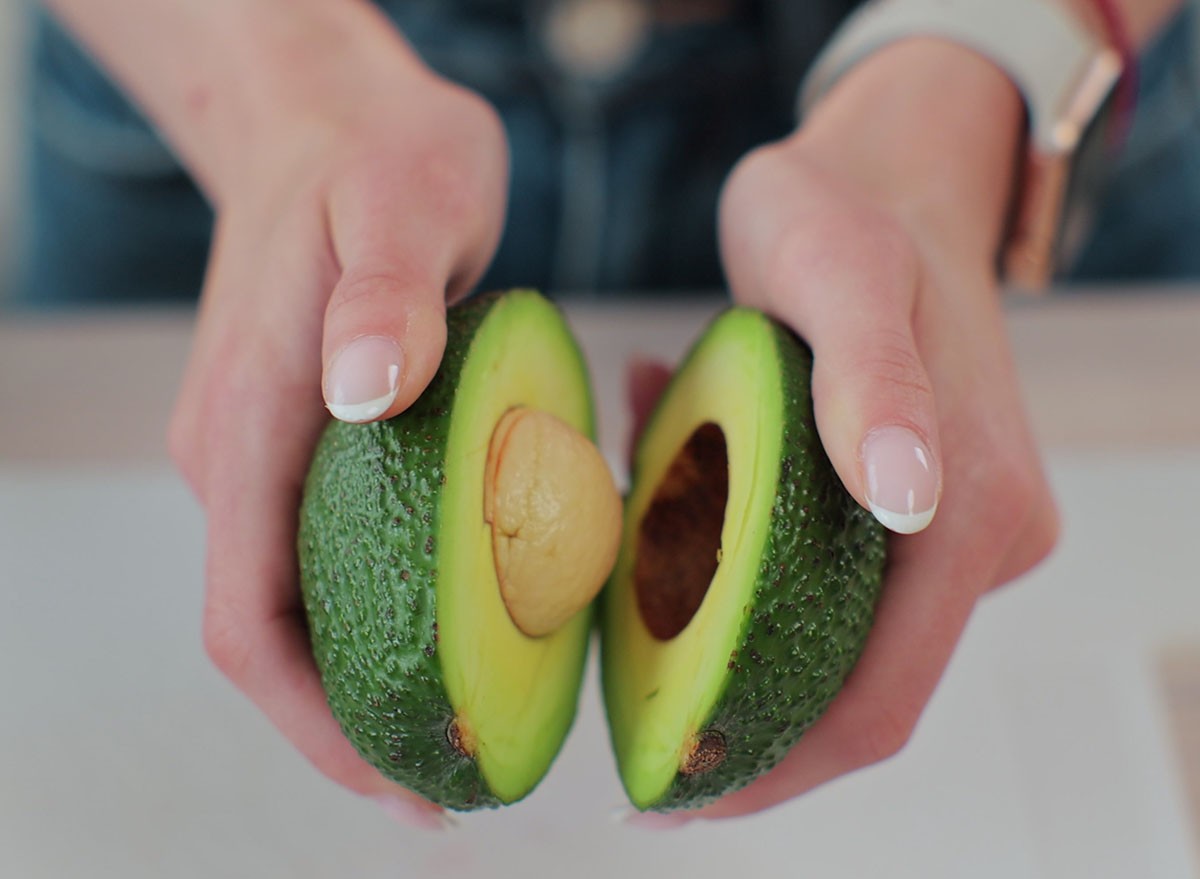
Avocados are a healthy fat that helps you burn fat. "Packed with healthy fats and fiber, avocados keep you full and may help reduce belly fat by improving insulin sensitivity," she says.
Nuts
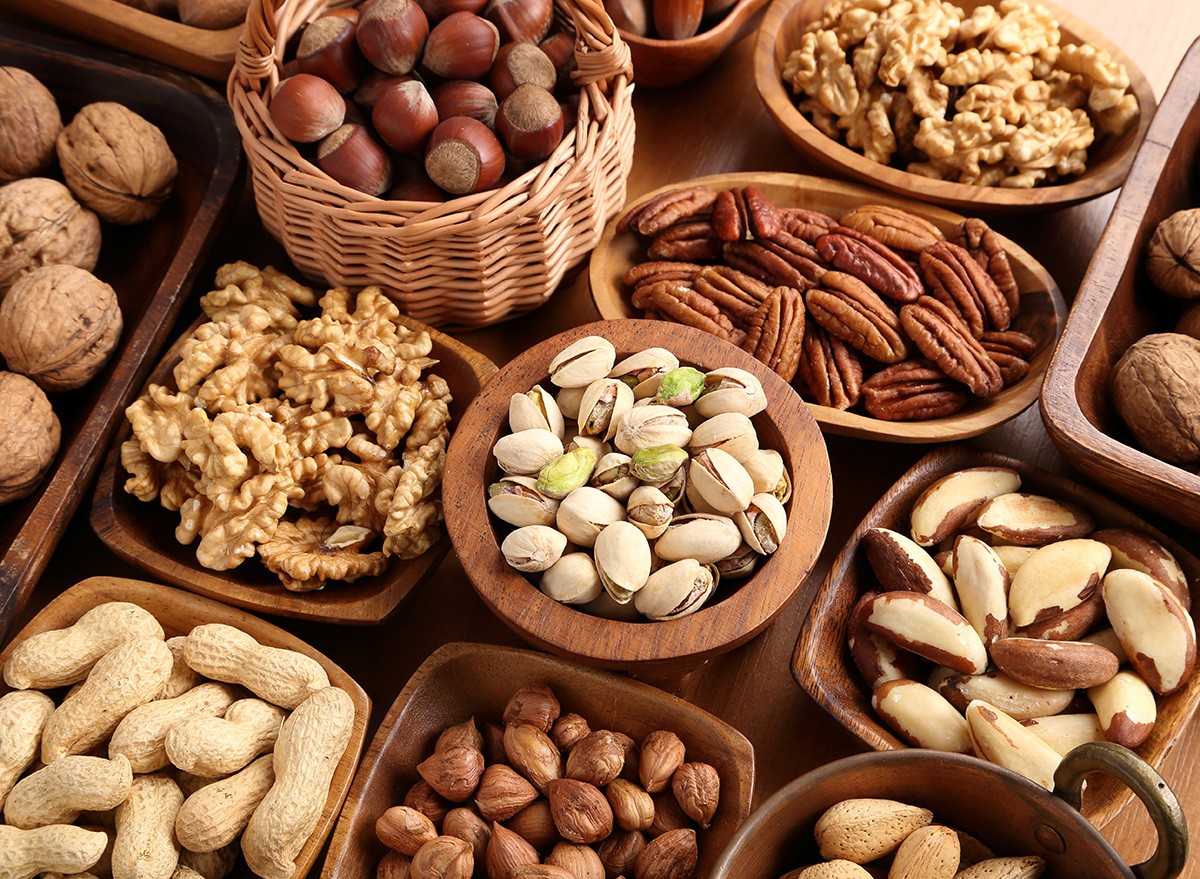
Nuts, especially almonds, pistachios, and walnuts, are great for your waistline. "Rich in protein and healthy fats, nuts can curb hunger and promote fat loss. Just keep portions moderate since they're calorie-dense," she says.
Berries
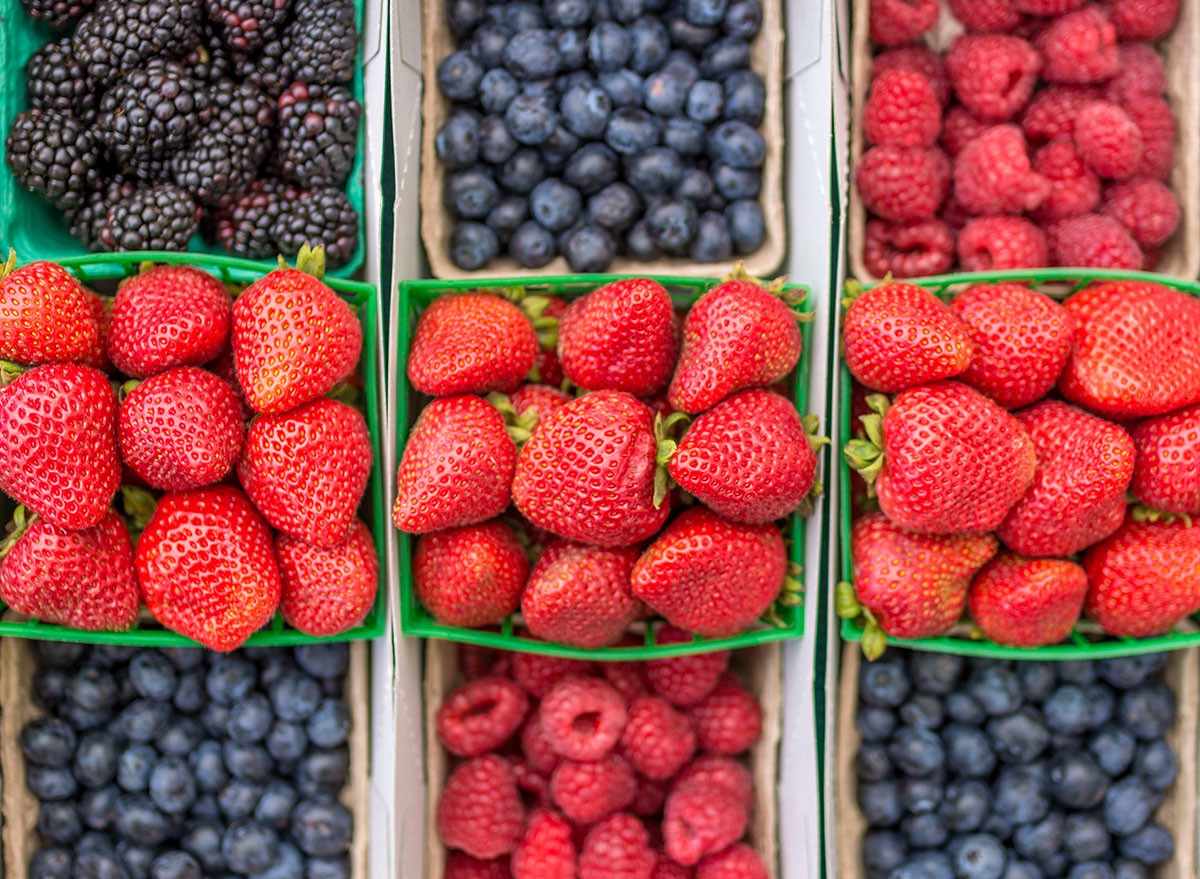
Berries, including blueberries, strawberries, raspberries, and blackberries, are also great for fat loss. "Loaded with fiber and antioxidants, berries help manage blood sugar and reduce fat storage, especially around the belly," Collingwood says.
Fatty Fish
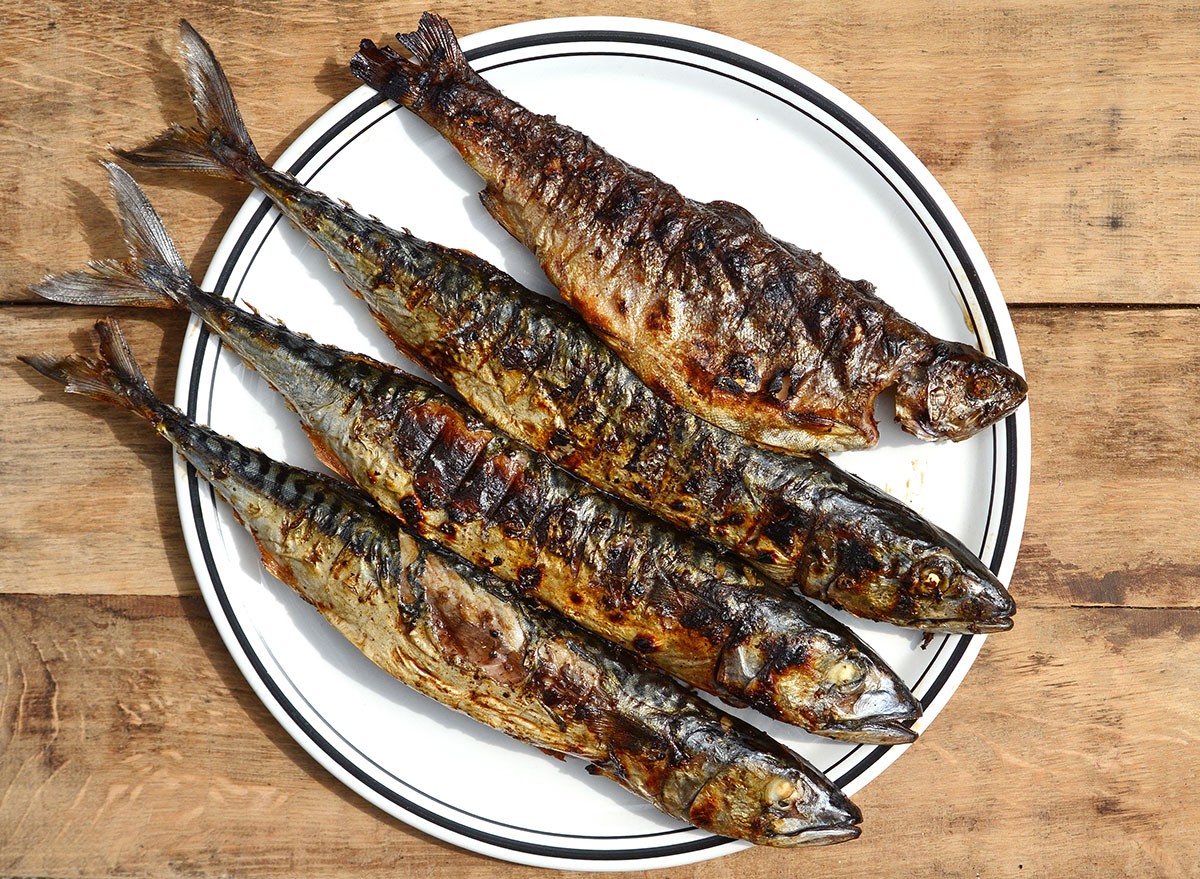
Fatty fish, like salmon and mackerel, are great sources of protein for losing belly fat. "These are rich in omega-3s, which reduce inflammation and may directly reduce abdominal fat," she says.
Chili Peppers
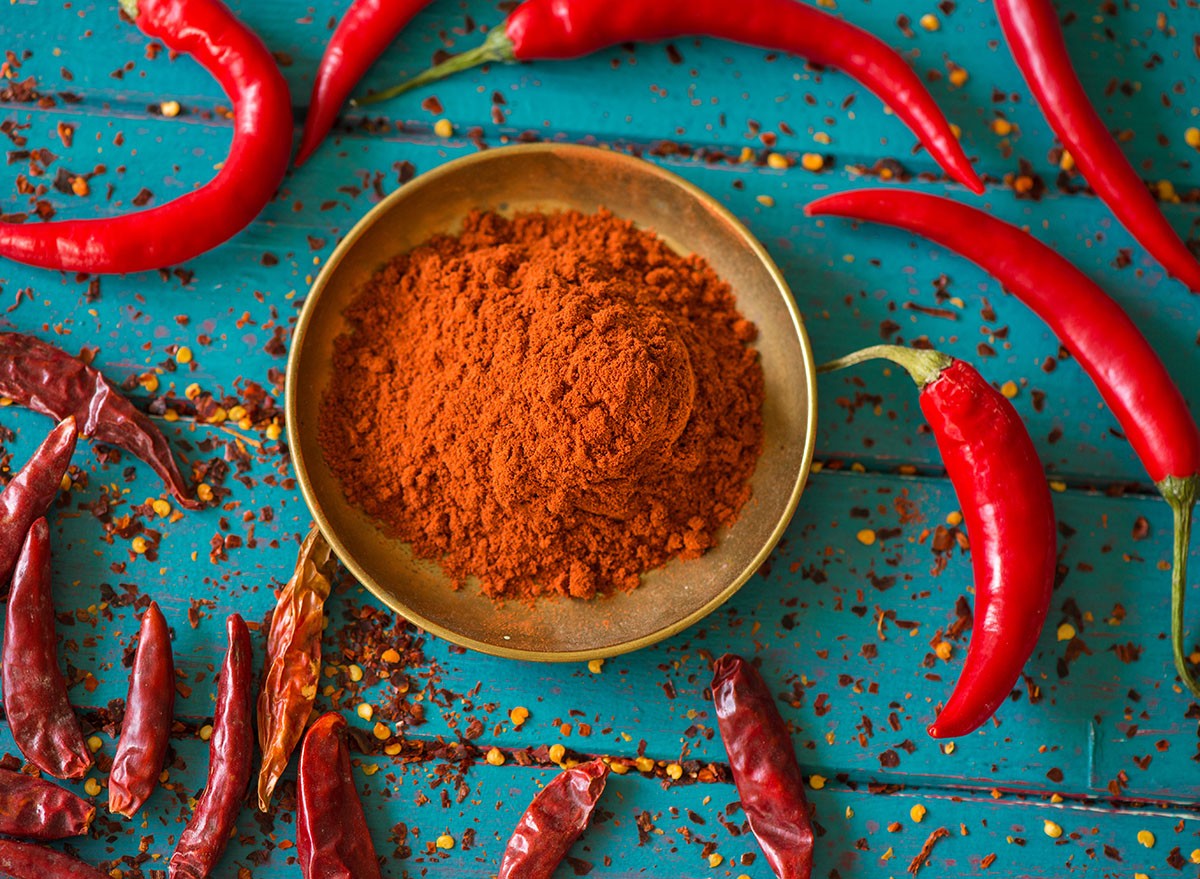
Spicing up your food can help shrink your waistline. "Capsaicin, the compound that makes them spicy, might help to boost metabolism and promote fat burning," Collingwood explains.
Green Tea
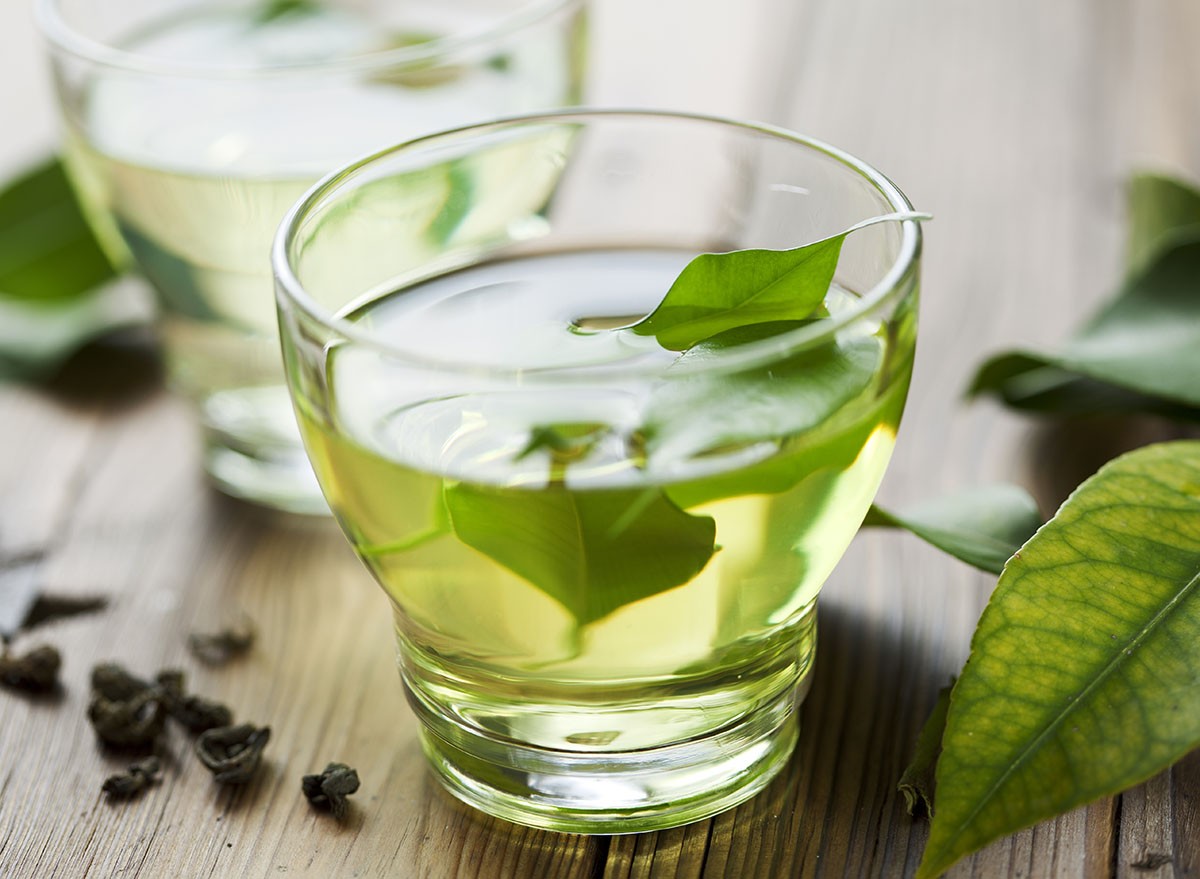
Sip on green tea and watch your waistline shrink. "Contains catechins and a small amount of caffeine, both of which have been linked to fat loss—especially in the abdominal area," she says. And if you enjoyed this article, don't miss these 8 High-Protein Foods with Nearly Zero Calories That Melt Fat.




